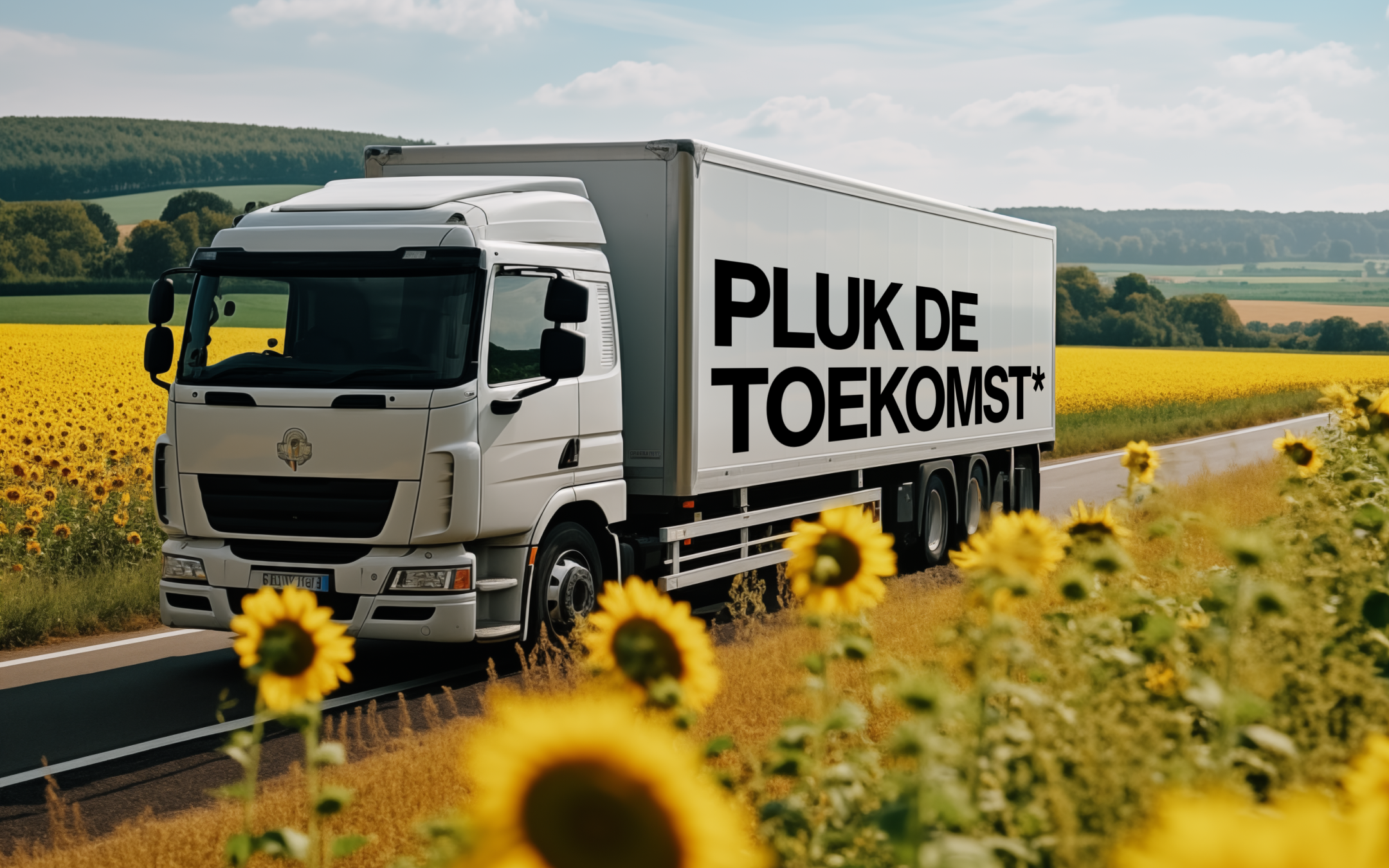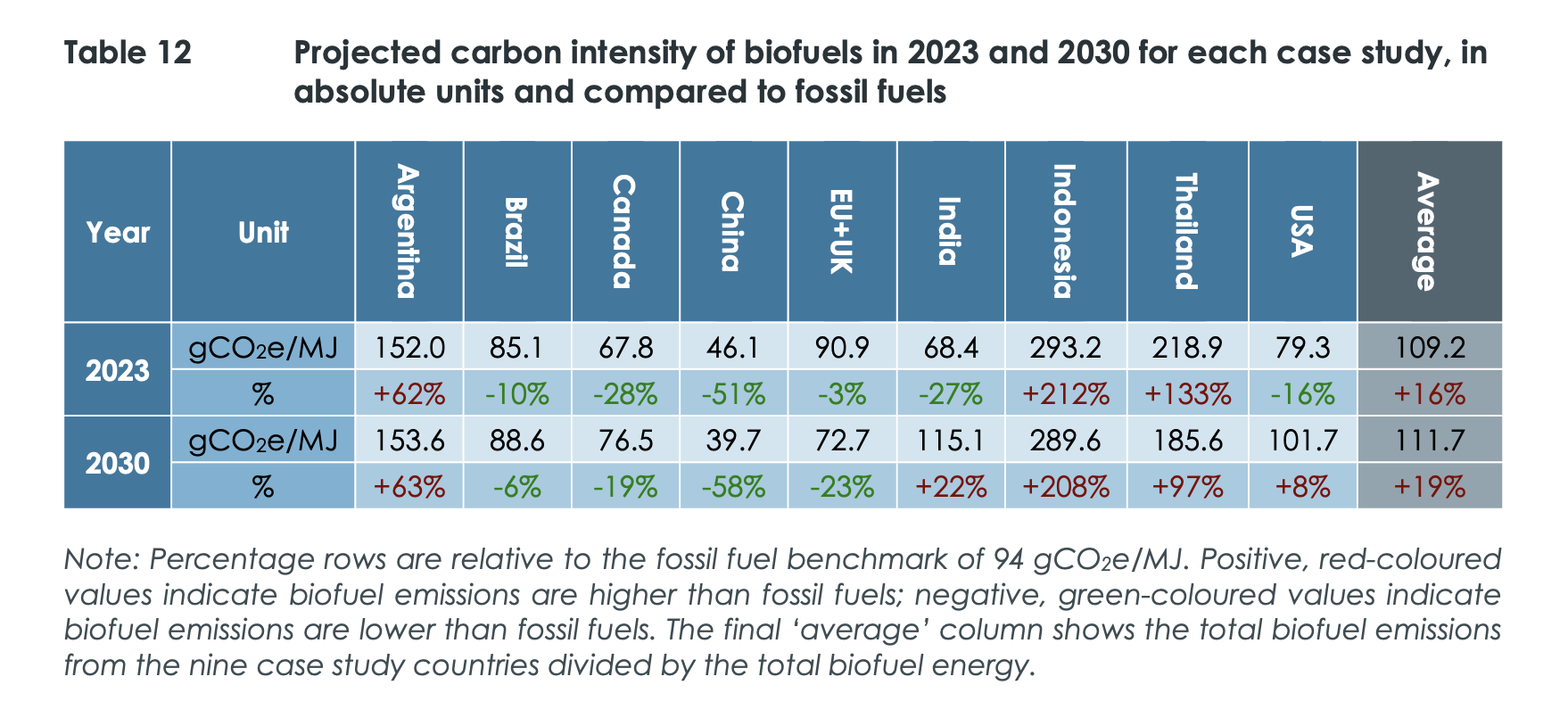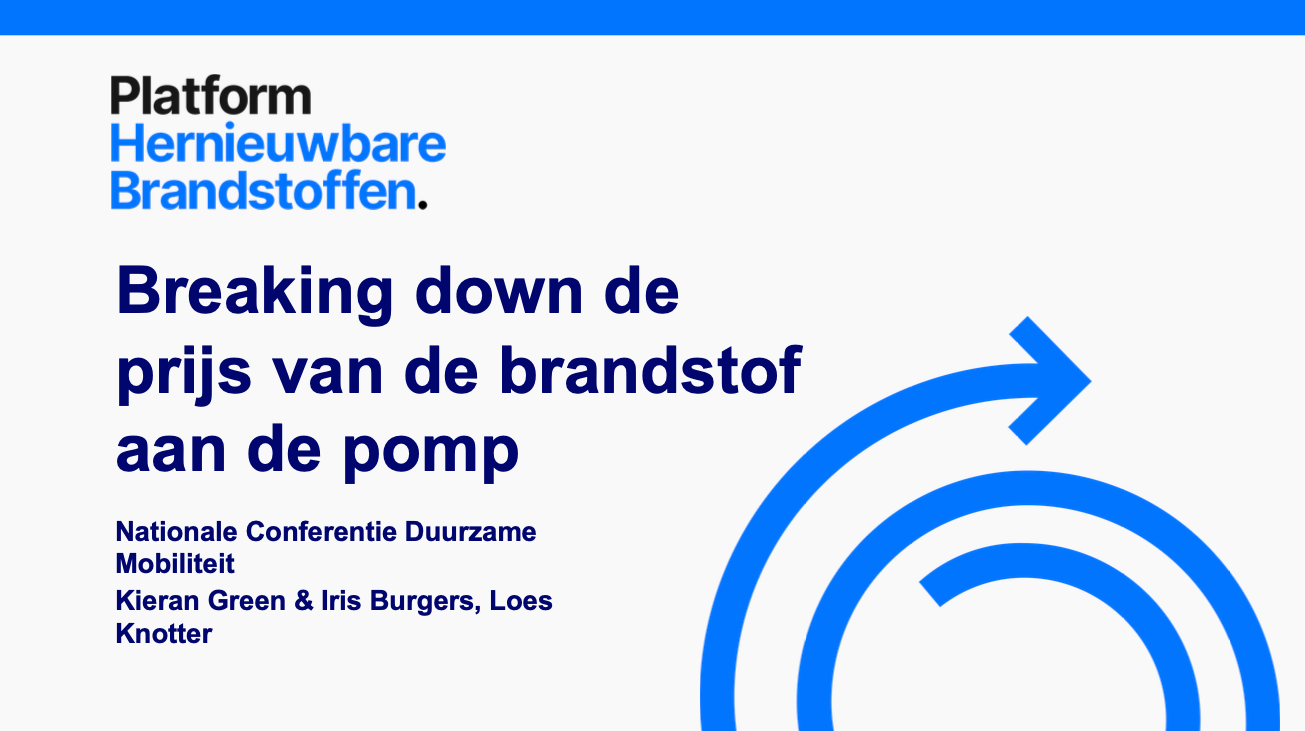T&E does support sustainable biofuels

Questions from stakeholders on recent T&E study
We have received many questions from Dutch stakeholders concerning the claim of the European NGO Transport and Environment(T&E) that biofuels (not specified by T&E) have increased climate emissions.
Contrary to a recent campaign message on biofuels, T&E does support clean fuels and sustainable biofuels in transport next to electrification as an option to end fossil fuel use in transport. See their online publications like State of European Transport progress reporting.
T&E's recent post of 9 October 2025 about biofuels refers to a commissioned study that confirms the climate benefit of lignocellulose based and residue, waste based biofuels (with an exception of some residue fats that may have competing uses).
T&E study shows biofuel deployed in EU and UK do deliver climate reduction
The authors of this study point out that the EU and UK are examples of regions, countries with a biofuel policy that does deliver for the climate, where biofuels use have a net climate benefit (see pages 4 and 58 of Cerulogy, Diverted Harvest (2024).
T&E generalises all biofuels, while their concerns are on high ILUC-risk feedstocks
We could not find back T&E’s message that global biofuels (unspecified) are responsible for 16% more CO2- emissions in this commissioned study.
The study provides “narratively” assumptions and expectations, not proof. (page 58 Cerulogy, Diverted Harvest (2024)
The only 16% mentioned, that we have found in the study, is in table 12 of the report (see shown below). We read that specific countries, particularly Indonesia, possibly contribute with potentially high indirect emissions from the use of biofuels. The reported 212% more emission than fossil fuels in Indonesia and similarly the 133% of Thailand in this table are having a big impact on the average of the nine regions investigated. We ask Transport and Environment to better explain how this 16% mentioned here, is related to the general claim for all global biofuels.

The researchers make a valid point that some of these countries or regions investigated have not yet implemented regulatory frameworks, comparable to Europe, that explicitly prevents the use of high ILUC-risk virgin palm oil. This would avoid the theoretical risk of extra carbon emissions (it cannot be perceived physically, only modelled) caused by indirect land use change (read deforestation). In this study the authors assume that without regulation in place these countries may use unsustainable palm oil for biofuels, hence the high emissions.
Dutch Platform Renewable Fuels calls upon T&E to be specific about types of biofuels and in what specific world region. T&E's message is impacting all biofuels, also the ones well performing, and therefore missing the point that some specific risks will need to be addressed. We are with T&E that it is important to safeguard biofuels from contributing to land clearance and deforestation when making governments make climate policies. This concern is addressed in the European regulation (RED art 26). Moreover, on top of this regulation which is already in place, also the much larger scope (including materials, food and feed) of the European Deforestation Act (finally coming into force as from December 2025 /June 2026) will significantly help to prevent the risk of deforestation. The EU and UK deserve the credit that their biofuel policies are beneficial to prevent climate change.
T&E proposes other land use for the 0,6% of agricultural land currently used for biofuels
Apart from the assumed carbon emissions, T&E and the authors of the mentioned study, also argue that the circa 0,6 % use of global agricultural area for energy crops could be used better. Obviously, a fraction of that land covered by solar panels could produce the same amount of energy in generated electricity. That is self-evident but is beside the point. The counterfactual is that the transport sector still has many combustion engines that require drop-in alternative fuel options to replace fossil fuels. In other words, that generated green electricity cannot yet reach most vehicles, planes or ships.
Furthermore,T&E (based on the study) sees better uses of the area of land instead use for crop based biofuels. They would rather see this land rewilded, restored nature for increasing carbon sinks. That is also an important land use option and connected to our global land use. The question we have for the authors: how do you assess the indirect effects, because frequently biofuel crops are connected to production of animal feed. If we do not reduce demand for animal feed, similar theoretical indirect effects can take place, to produce the demand for animal feed at other land.
Let's build public trust in biofuels with low carbon intensity
Dutch media (Algemeen Dagblad, 10 Oktober 2025) quotes T&E how “Biofuels are a deeply flawed climate solution”. This is influencing the public perception about all types of biofuels. Both Platform and T&E are pointing out that the transport sector in the EU remains the only sector to emit still more than in 1990. Therefore, sustainable biofuels and e-fuels will be essential options, also recognised by T&E, together with electrification and efficiency, to let the transport emissions finally start to dip.
Therefore, we invite T&E to team up and to support, in similar communication campaigns, the ramp-up of the types of clean fuels, advanced biofuels and e-fuels, that support the transport sector to quickly reduce fossil fuel use, along with ongoing electrification.
Recente artikelen
PHB presentatie: Breaking down de prijs van de brandstof aan de pomp

Concawe: Sustainable biofeedstock supply chains for advanced biofuels in Europe towards 2050 | 2025

